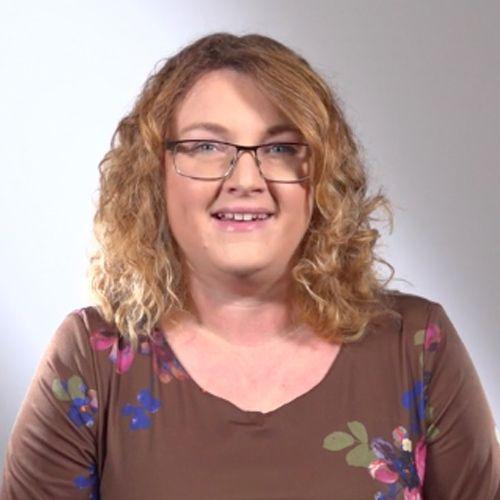Learning objective
- To create a rhythm based on a phrase from a story.
Success criteria
- I can create different rhythms.
- I can put rhythms
This content is for subscribers only. Join for access today.
National curriculum
Music
Pupils should be taught to:
- Listen
This content is for subscribers only. Join for access today.
Cross-curricular links
English
Reading – comprehension
Pupils should be
This content is for subscribers only. Join for access today.
Before the lesson
This content is for subscribers only. Join for access today.
Lesson plan
Recap and recall
Before starting this unit, you might want to check that children can recall: Music can be used to represent different environments. There are many different ways to represent the same sound. Dynamics is how loud or soft the music is. Pitch is how low or high the tone is. Timbre is how a specific voice…
This content is for subscribers only. Join for access today.
Extended-mode explainer videos
How to extend your display to view the lesson page and preseantion mode simultaneously. Choose your operating system below to watch the video
If you need further support with extending your display,
please contact [email protected].
Extended-mode explainer video: For Mac
Extended-mode explainer video: For Windows
Adaptive teaching
Pupils needing extra support
Could benefit from using the example rhythms, practising with them, then clapping them in the specified order.
Pupils working at greater depth
Should be challenged to make sure that each of their word patterns has a different rhythm so that they can get real variety in their piece.
This content is for subscribers only. Join for access today.
Assessing progress and understanding
Pupils with secure understanding indicated by: creating rhythms and putting them in
This content is for subscribers only. Join for access today.
Vocabulary definitions
-
legend
A very old story from ancient times.
-
myth
A traditional story that changes over time.
This content is for subscribers only. Join for access today.
